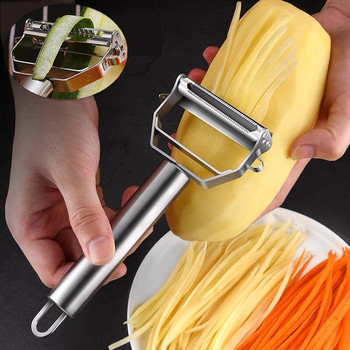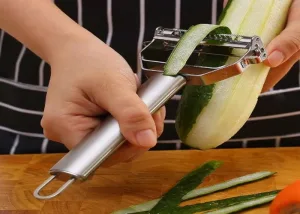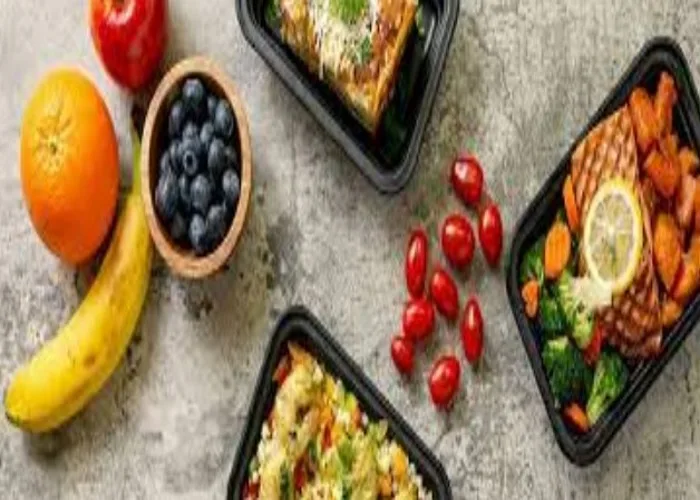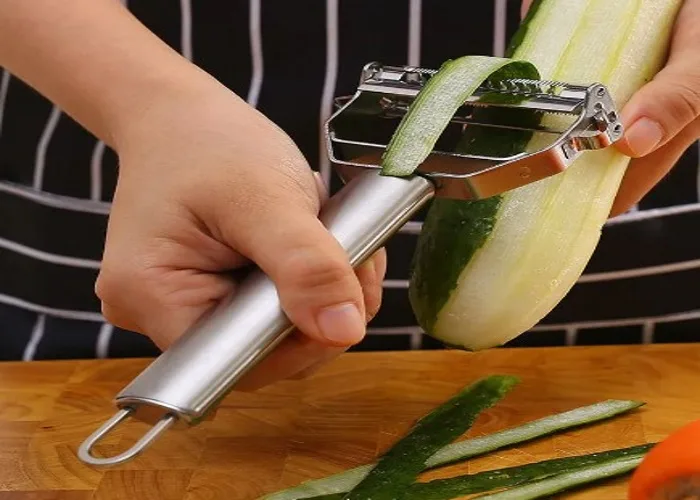The Ultimate Guide to Cookware
The Ultimate Guide to Cookware: Choosing, Using, and Caring for Your Kitchen Essentials. Explore the world of cookware, from selecting the perfect pots and pans to mastering their use and maintenance. This comprehensive guide provides expert insights and practical tips for enhancing your cooking experience. Find out how to make the most of your cookware investment.
 Cookware Essentials: A Comprehensive Guide to Choosing and Using Quality Cookware
Cookware Essentials: A Comprehensive Guide to Choosing and Using Quality Cookware
Cooking is an art, and just like an artist requires the right brushes and canvas, a chef needs the right cookware to create culinary masterpieces. In this guide, we delve into the world of cookware, exploring everything you need to know about selecting, using, and caring for these essential kitchen tools. Whether you’re a novice cook or a seasoned chef, read on to elevate your cooking game with the right cookware.
Cookware: A Kitchen Essential for Every Home
Cookware forms the foundation of your culinary adventures. From sautéing and frying to boiling and simmering, the right cookware can make all the difference in achieving delicious and consistent results. It’s not just about having a pot and a pan; it’s about having the right ones. Let’s dive into the key factors to consider when choosing cookware that suits your needs.
Key Factors When Choosing Cookware
When shopping for cookware, it’s important to consider several factors to ensure you make the right choice:
Material Matters: Exploring Different Cookware Materials
The choice of material greatly influences the performance of your cookware. Here are some popular options:
- Stainless Steel: Renowned for its durability and resistance to corrosion, stainless steel cookware is a staple in many kitchens. Its even heat distribution ensures consistent cooking results.
- Nonstick: Nonstick cookware, coated with a layer of Teflon or ceramic, is ideal for low-fat cooking and easy cleanup. Perfect for delicate dishes like omelets and fish.
- Cast Iron: Known for its excellent heat retention, cast iron cookware imparts a unique flavor to dishes. It requires proper seasoning to maintain its nonstick properties.
- Copper: Copper cookware offers rapid heat conductivity and precise temperature control. However, it requires regular polishing to keep its lustrous appearance.
The Perfect Pantry: Essential Pots and Pans for Every Kitchen
A well-equipped kitchen requires a variety of pots and pans for different cooking techniques:
- Sauté Pan: Ideal for browning and sautéing ingredients, this versatile pan features straight sides and a wide cooking surface.
- Saucepan: A must-have for boiling, simmering, and making sauces, a saucepan comes in various sizes to suit your needs.
- Stockpot: Whether preparing stocks, soups, or large quantities of pasta, a stockpot with a spacious design and sturdy handles is essential.
- Frying Pan (Skillet): From frying eggs to searing steaks, a quality frying pan with a nonstick surface or cast iron construction is indispensable.
- Dutch Oven: This heavy-duty pot is perfect for slow-cooking stews, braising meats, and baking bread. Its thick walls and tight-fitting lid ensure even cooking.
Cooking with Confidence: Mastering the Art of Heat Control
Understanding heat control is crucial for achieving culinary success:
- High Heat: Searing meats and stir-frying vegetables require high heat to achieve a crispy exterior while locking in juices.
- Medium Heat: Cooking delicate proteins like fish and poultry is best done over medium heat to ensure even cooking without overcooking.
- Low Heat: Simmering sauces, soups, and stews is most effective over low heat, allowing flavors to meld gradually.

FAQs About Cookware
Can I Use Metal Utensils with Nonstick Cookware?
Yes, but it’s advisable to use utensils made of wood, silicone, or plastic to prevent damaging the nonstick coating. Metal utensils can scratch the surface over time.
How Do I Clean Burnt Stainless Steel Pans?
To tackle stubborn burnt-on residue, create a paste using baking soda and water. Apply it to the affected area, let it sit for a few hours, and then scrub with a non-abrasive sponge.
Is Copper Cookware Worth the Investment?
Copper cookware offers excellent heat conductivity, allowing for precise cooking. However, it requires regular maintenance to retain its appearance. If you’re passionate about cooking and aesthetics, copper cookware can be a worthwhile investment.
What’s the Difference Between Enameled and Traditional Cast Iron?
Traditional cast iron requires seasoning to create a natural nonstick surface and prevent rust. Enameled cast iron comes with a coated surface, eliminating the need for seasoning and offering vibrant color options. Both types have their merits, so the choice depends on your preferences and cooking habits.
Can I Put My Cookware in the Dishwasher?
While some cookware is dishwasher-safe, hand washing is generally recommended for preserving the integrity of the material and prolonging the lifespan of the cookware.
How Do I Prevent Stains on Stainless Steel Cookware?
To maintain the shine of stainless steel cookware, avoid cooking acidic foods for prolonged periods. If stains occur, mix a solution of vinegar and water, soak the cookware, and gently scrub to remove stains.
Conclusion: Elevate Your Cooking Experience with Quality Cookware
At: aheasydiets.com. Cookware is more than just pots and pans; it’s a gateway to culinary exploration. By selecting the right cookware based on materials, types, and heat control, you’re setting yourself up for cooking success. Remember to consider your cooking style, preferences, and maintenance routines when making your choices. With proper care and attention, your cookware investment can accompany you on countless flavorful journeys in the kitchen.

 Cookware Essentials: A Comprehensive Guide to Choosing and Using Quality Cookware
Cookware Essentials: A Comprehensive Guide to Choosing and Using Quality Cookware


